
Great experience in digital marketing and AI made us constantly ask ourselves: why are some professions, such as media buyers or account managers still relevant? Why wouldn’t a simple script replace them? To answer this question, let’s figure out what ‘media buyer’ means and the value it provides.
Publishers vs. Advertisers
Webmasters are pretty pragmatic people for obvious reasons. They create the website and fill it up with content to eventually monetize visitors via advertisements.
From a publisher’s point of view, the more users visit the site and see the ads, the more money they get. Many visitors mean the content is relevant, and the website is thriving among the audience. Therefore, most webmasters prefer to use the CPM model (also known as (AKA) ‘cost per mille’) model when income depends on every 1000 ad impressions. This kind of model is one of the most profitable for publishers, as they will be compensated for each ad served, independently of the user action. This seems fair enough as publishers can’t directly influence visitors’ behavior and encourage them to buy.
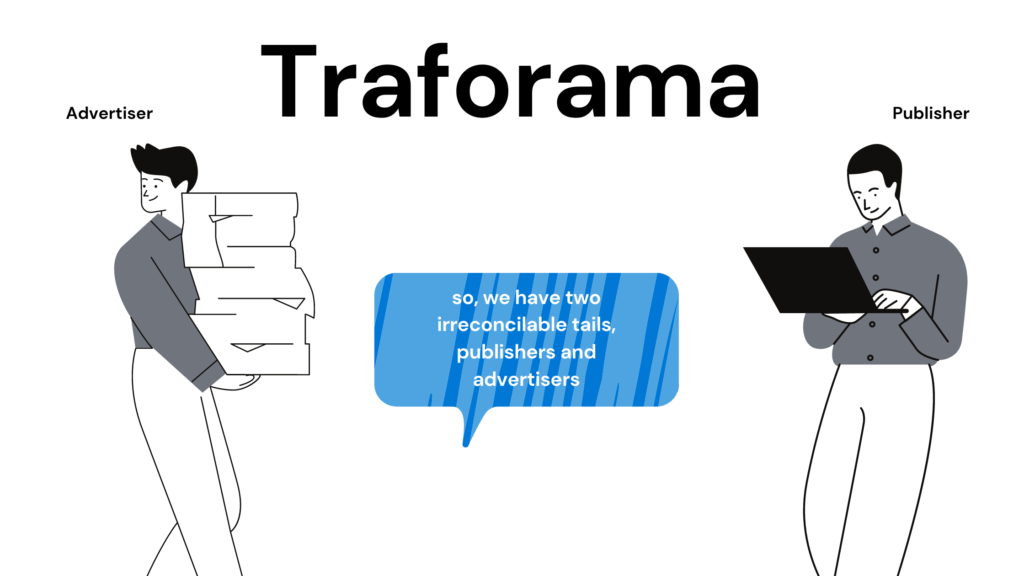
On the other hand, advertisers place ads to increase their product or service sales. They are interested in getting any possible profit out of the ad budget. Therefore, most direct advertisers or agencies prefer to use the CPA model (cost per action) model as its earnings depend on conversion: a registration, a purchase, balance refill, etc.
An alternative way is the revenue share model. It’s when the advertiser shares a percentage of the revenue generated from advertising with the publisher. This seems to be quite fair from the advertisers’ point of view.
So, we have two irreconcilable treads, webmasters and advertisers, and each side insists on its own cooperation format. It’s precisely the moment when media buyers join the play. They are the ones who buy traffic by the CPM model and resell it by the CPA model or revenue share, making a profit on the difference.
The more professional a media buyer is, the more he can earn.
What do we know about automation?
From a mathematical point of view, this task seems pretty trivial. You need to buy traffic from those websites whose conversion rate is higher than (CPM / 1000) / CPA.
It follows from the condition that the cost of the publisher’s traffic where
Impressions * CPM / 1000 should be less than the income from advertisers Conversions * CPA.
To replace a media buyer with a script, you need to provide it with a sufficient amount of data – a representative sample. But what if there is no data?
When launching ad campaigns with new sources, you don’t know the conversion rate. Therefore, you don’t know the maximum CPM you can offer to a webmaster. To solve this problem, media buyers run tests and spend a small part of their budget to get this data.
The devil is in the details and it’s tough to take them all into account when creating a script.
Firstly, ads may look different in various browsers and devices, and thus, conversion rates might vary. Media buyers often run separate campaigns for other devices, geolocations, and browsers.
Secondly, media buyers often test from five to ten different creatives to determine which one attracts visitors the most and fits into the site’s content. Besides this, they also track various behavioral patterns. For example, dark creatives usually work better during the day, and light ones work better at night.
Thirdly, if traffic is bought from many websites on the marketplace at once, the process becomes even more complicated. In this case, you need to calculate the conversion rate for every single website.
It turns out that you need a sufficient number of campaigns to determine the CPM for each traffic segment. To get representative data on each campaign’s conversion rate, you will need an additional large budget for tests. An automated system requires high costs for its creation and for obtaining all the necessary data.
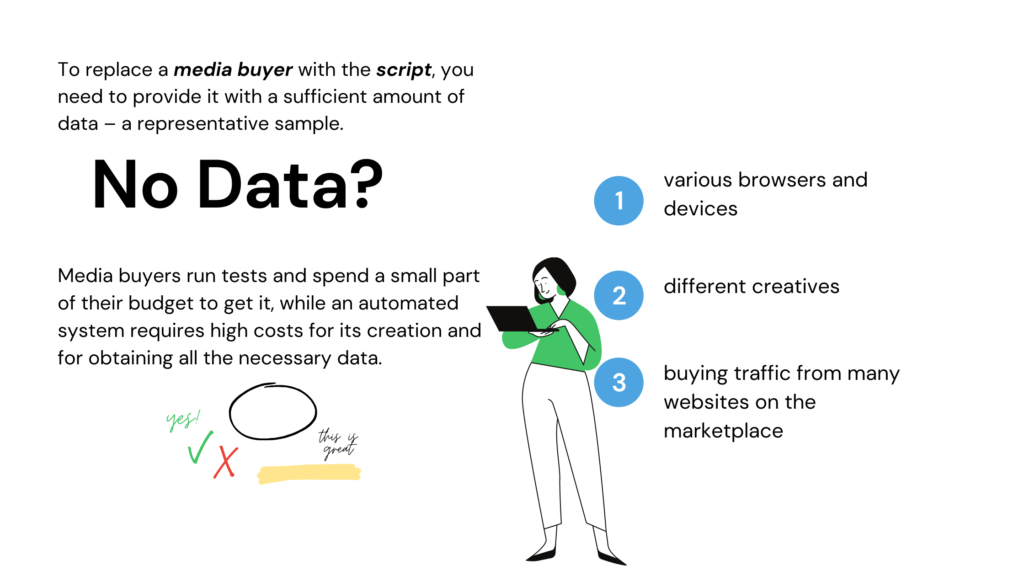
So…
A media buyer can’t consider all the pitfalls and human error is a factor, but their own experience might allow them to avoid large-scale tests and save money. Many platforms on the market provide media buyers with effective CPM calculations for different traffic segments. However, they are often used by experienced specialists who have their own cases and practices.
To wrap up, the current level of technological development allows us to combine the human experience and automated systems’ statistics, so this synergy works best.
Case Study

So here is a short case study on the optimization of CPM empowered with conversion tracker to understand what specific data points are reached via user acquisition.
Conversion Tracker Insertion
There are some tips we want to share with you. Here at Traforama, we offer two conversion tracking options: Pixel (the pixel’s code must be installed on every page where you want to track conversions) and Post Back URL (allows working with other platforms). To find complete information on how to set the conversion tracking, please click here. In addition to firing the conversions themselves, you can transfer their price as well.
Straight after the statistics on impressions and conversions have been collected, we suggest adding/using the following metrics to your campaign settings to track customer actions within your website:
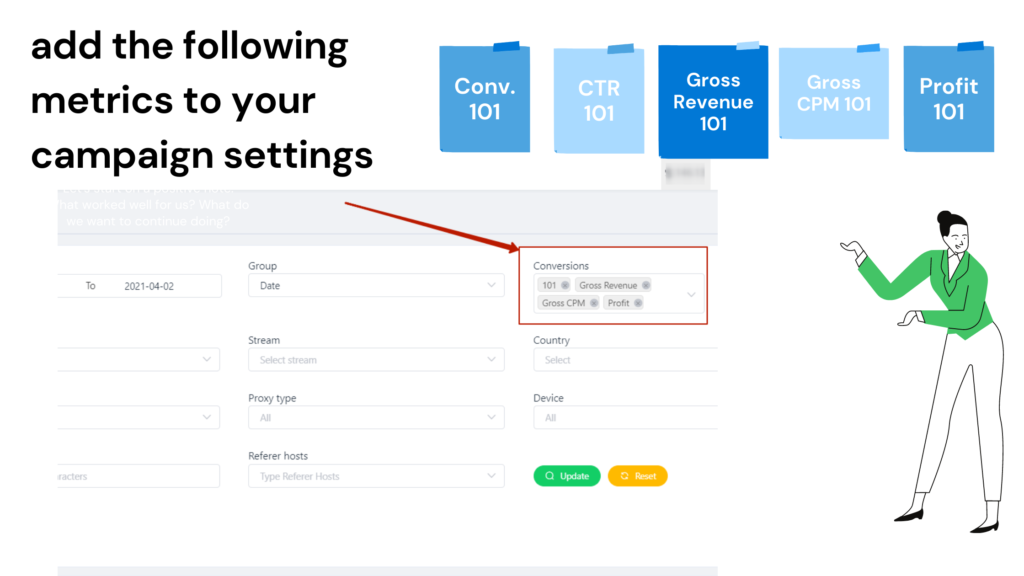
Conversion Tracker Analytics
Analyze your conversion tracking data in your Traffic Report section. You can see information about your conversions within the following metrics:
- Conv. 101 – the number of conversion call trackings
- CTR 101 – optimization: add sources to whitelist, browsers, creatives, platforms with maximum CTR and otherwise, blocklist with minimum CTR
- Gross Revenue 101 – the sum of conversion costs (includes the conversions called by trackers)
- Profit – add sources to whitelist, browsers, creatives, platforms with max profit and otherwise, blocklist with min profit
- Gross CPM – recommended CPM for a campaign or a creative
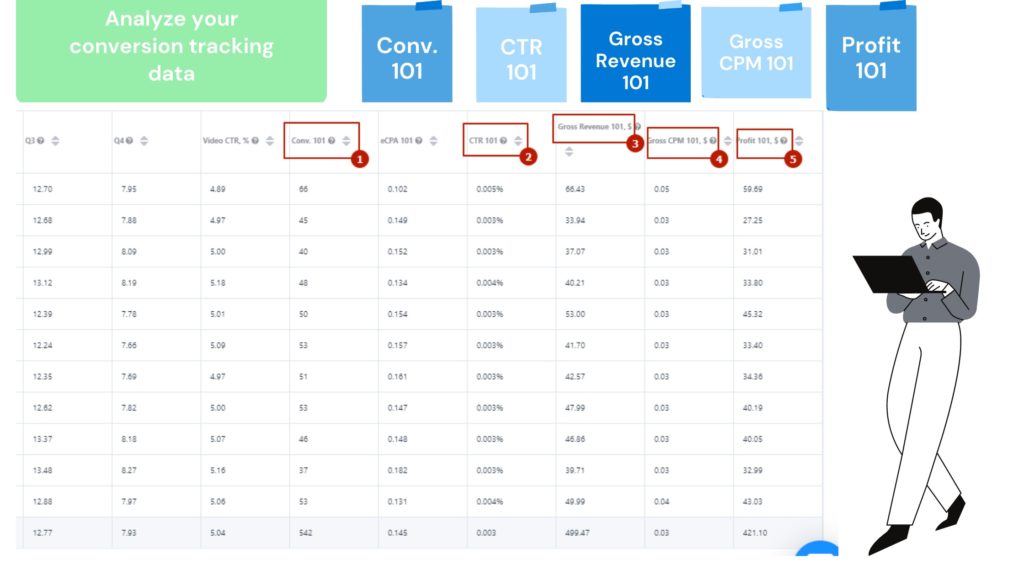
To sum up, we recommend using these features to gain insights into how customers behave on your website as well as make decisions on your campaign performance in terms of:
- conversion tracking
- test campaign settings (highly recommended to use them straight on the start to find out the ideal source for your product/service/ad type)
- additional metrics in statistics (Gross revenue, Gross CPM, Profit)
Got more questions on CPM optimization? Please leave them in the comments!

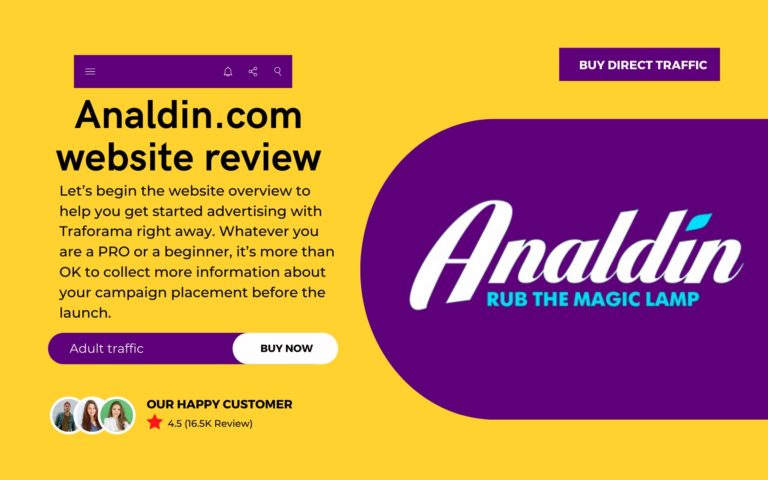

Leave a Comment